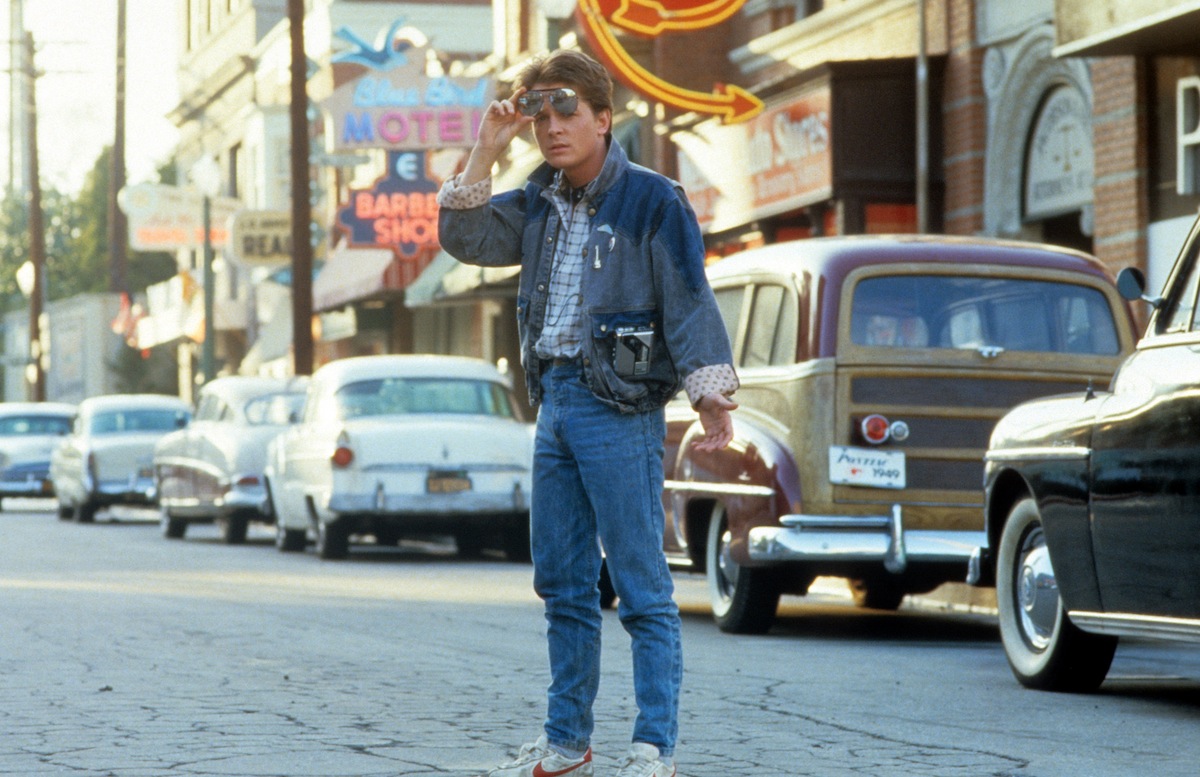
Turning the big 3-0 is always a big deal, but for Back to the Future it’s particularly so. After all, 30 years is the time span that sets the whole movie in motion: Marty McFly travels three decades back in time from 1985 to 1955. Now, on July 3, 2015, he’ll have made it just that many years into the future. (Or, rather, the movie will have made it: the 2015 date to which Marty zooms in the movie’s sequel won’t roll around until October.)
Looking back at TIME’s original review of the movie classic (a two-fer that paired BttF with Goonies) it’s clear that the charm of the story was immediately clear—and that critic Richard Corliss had his finger on the pulse, or at least his foot on the gas of the film-criticism DeLorean. When looking at the plot structure, he ventured a guess at what might happen to the movie by 2015:
The choice of year is canny, for 1955 is close to the historical moment when television, rock ‘n’ roll and kids mounted their takeover of American culture. By now, the revolution is complete. So the child of 1985 must teach his parents (the children of 1955) how to be cool, successful and loved. When they learn it — when the Earth Angel meets Johnny Do-Gooder — the picture packs a wonderful wallop. But Back to the Future goes further: this white ’80s teenager must teach black ’50s musicians the finer points of rock ‘n’ roll. Out-rageous! After a thunderous heavy-metal riff, Marty stares at his dumbfounded audience and shrugs, ”I guess you guys aren’t ready for that yet. But your kids are gonna love it.” You bet, Marty. You and your whole movie. Now and for 30 years to come.
At this point, we don’t need a flux capacitor to guess that, another 30 years from now, that prediction will still hold true.
Read the full review, here in the TIME Vault: This Way to the Children’s Crusade
More Must-Reads from TIME
- Cybersecurity Experts Are Sounding the Alarm on DOGE
- Meet the 2025 Women of the Year
- The Harsh Truth About Disability Inclusion
- Why Do More Young Adults Have Cancer?
- Colman Domingo Leads With Radical Love
- How to Get Better at Doing Things Alone
- Michelle Zauner Stares Down the Darkness
Write to Lily Rothman at lily.rothman@time.com